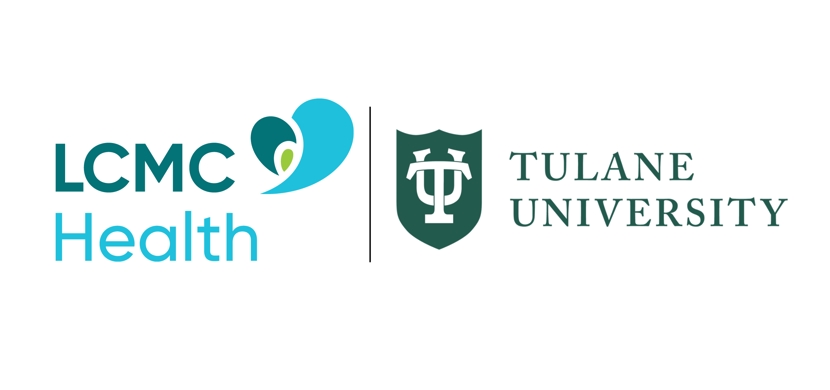Retention during “The Great Resignation”
- Posted on:
- Written By: Johnette Staes, Human Resources Director, East Jefferson General Hospital
2020 marked a year of firsts for many. It was my first time living through a global pandemic. It was the first time many employers allowed much of their administrative workforce to work remotely. It was the first time many slowed down and realized they lived to work rather than worked to live and that it was not a happy existence.
It was also the first time many decided that their professional pre-COVID-19 norm was no longer tenable. These firsts have led us to “The Great Resignation."
Recent studies show trends that should cause employers to deep dive into their culture, benefits, and how they plan to attract and retain top talent.
Studies indicate that:
- 41% of the existing workforce plans to change jobs in 2021
- 95% of US employees are considering an occupation change
- More than 700,000 people resigned in April 2021
- 24% of employees are willing to take a pay cut to work remotely
- 35% would consider a pay cut to work remotely
The data is overwhelming, and employers must reevaluate what return-to-work means, what a standard workweek looks like, and how they plan to position themselves as an employer of choice. When considering retaining your workforce, there are impactful strategies that will allow you to position yourself as the company that employees choose to join and choose to stay with.
Develop Your Leaders
Employees do not quit companies. They quit bosses. Take the time to evaluate your front-line leaders. Do they lead with compassion? Are they spending time with their employees? Are they developing their team? Invest in training your leaders. They are the key to employee satisfaction.
Offer Flexibility when you can
Barring a small percentage of companies, everyone cannot work remotely 100% of the time however, can you offer a flex schedule that provides a work/life balance for some of your staff? Can you shift to a 4-10 schedule (4 days a week, 10 hours per day)? Think outside the box. Small gestures that improve your quality of life will increase your retention rate.
Invest in Culture
Make fun, inclusion, and recognition as important as productivity and the profits and loss statement (P&L). Ask your employees what they need and then deliver the items that you can. Note: Do not ask if you don't plan on delivering, and be transparent when you cannot deliver.
Health and Wellness
In the past, companies have tied health to physical fitness and provided great health insurance. COVID-19 taught us that mental health and wellness are just as important. Consider adding therapy to your benefits package or providing “mental health days” as a way to recharge.
Putting your people first and employing some of these strategies may allow employees to focus on themselves and continue to contribute at a high level within your organization.

